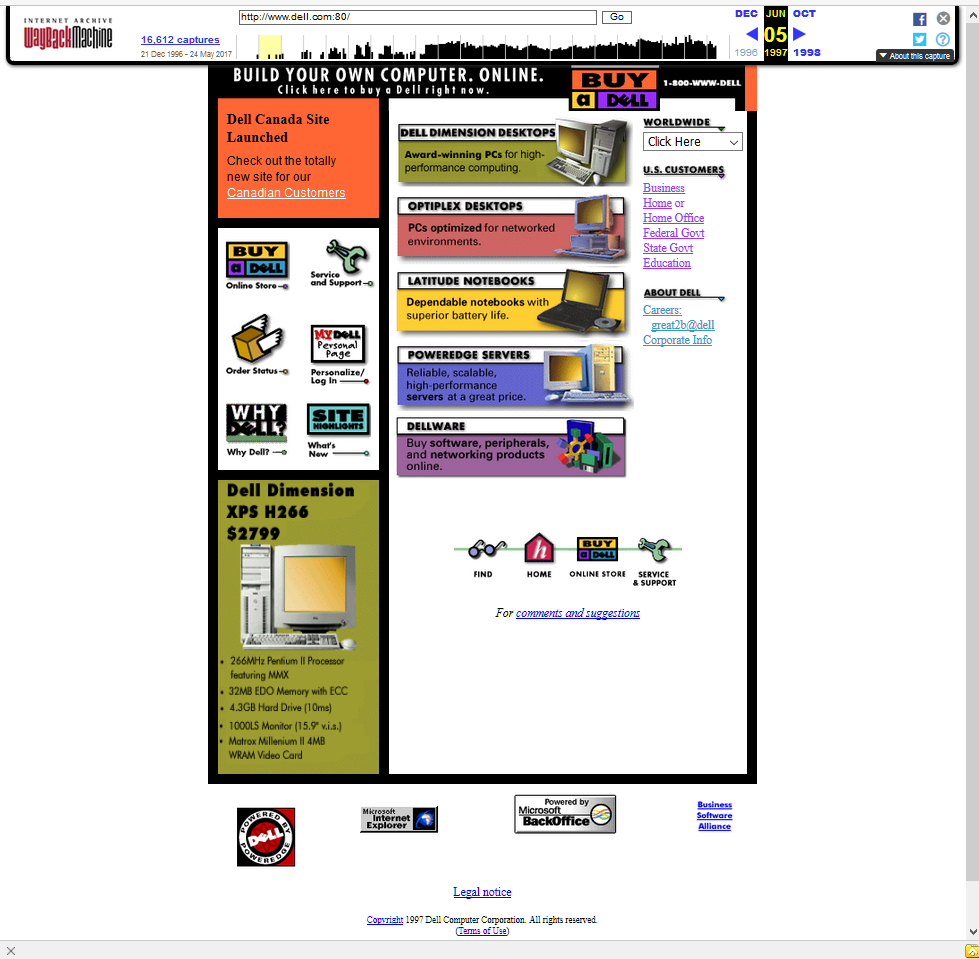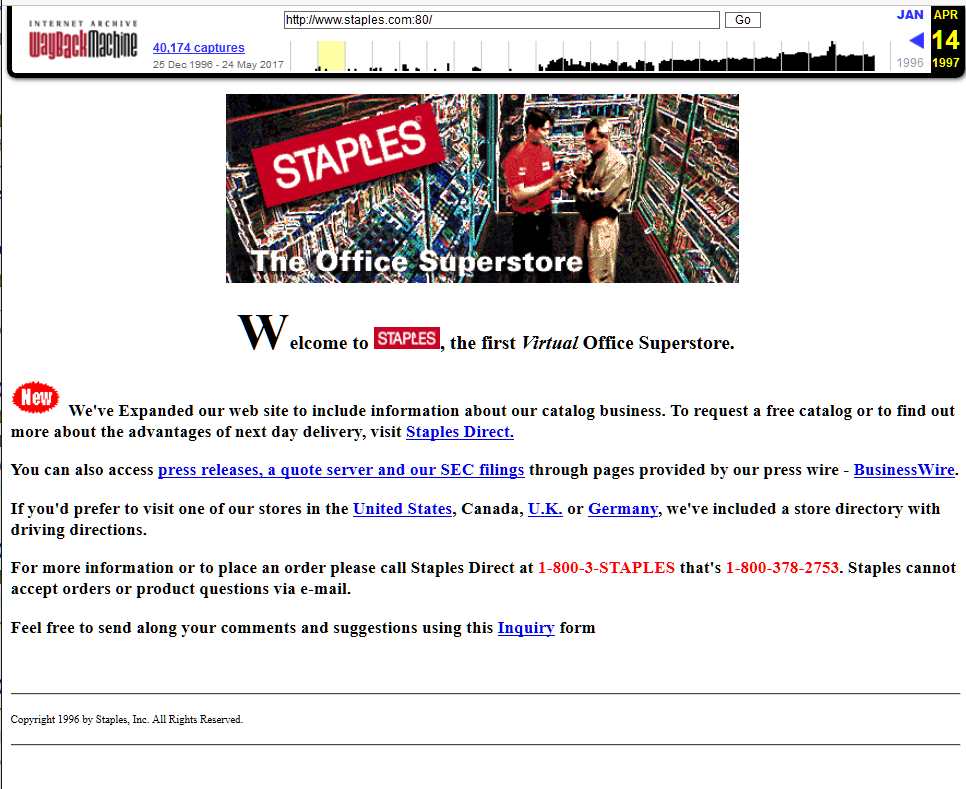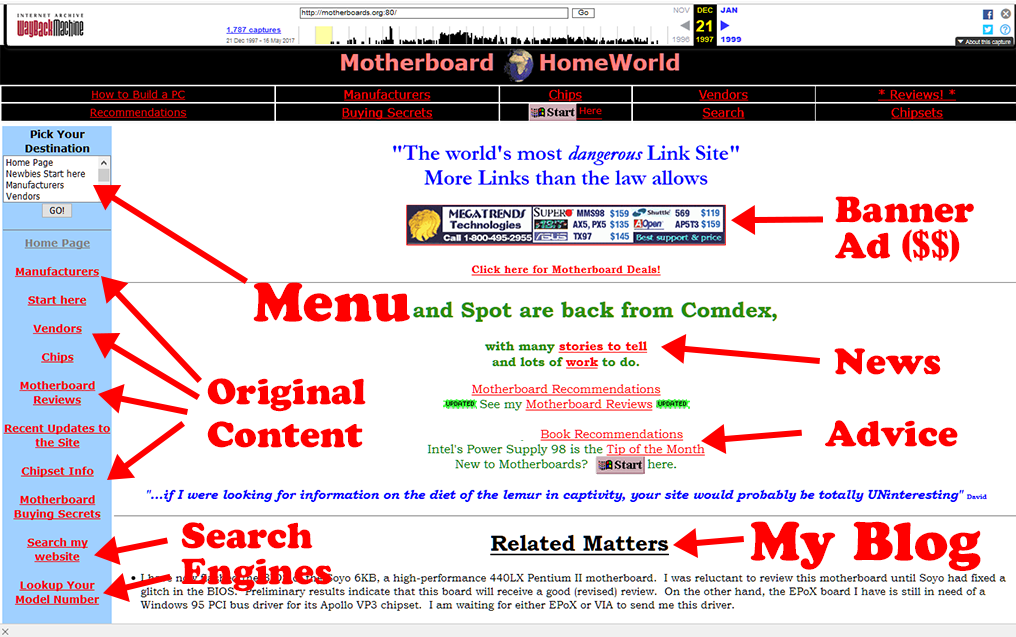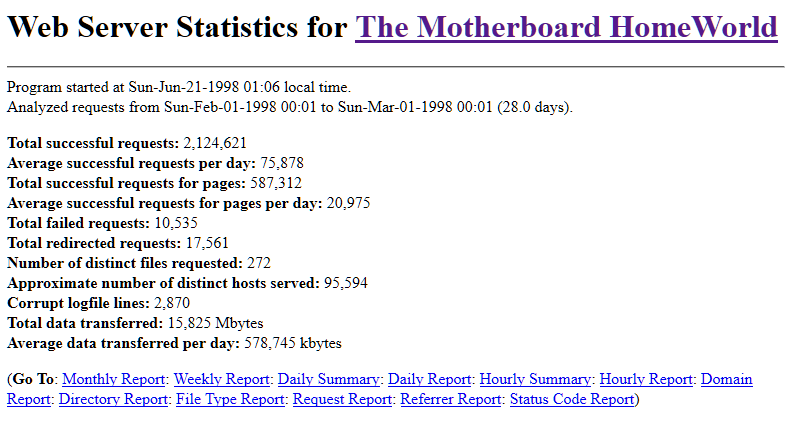The World's Most Dangerous Introduction Post
More Introductory Content than the Law Allows
Well, I am here, 📢 Steemians, and it looks like @uruiamme is here to stay! 🆒Here's my story...
It's so long, I am writing it in multiple parts.
The meta version of my story is that content is the driver of web traffic. History tells us a similar story: good, relevant content has been the means by which books, libraries, magazines, newspapers, television networks, and the web have revolutionized our modern world. My story is a modern example of how relevant content brings about interest, interest brings with it opportunity, and opportunity can bring about wealth.
(Here's @uruiamme, Steeming along. More pics to follow. I am not a bot.)
I risk alienating or boring some prospective readers simply based on the historical nature of what I discuss here. As we embrace the today and the tomorrow, our memories of the past, and our interest in it, diverge. At first blush, twenty-year-old web techniques are antiquated and irrelevant.
But my introduction to Steem is more than nostalgia.
I am about to lay out an historical perspective of content creation and monetization that cannot be reproduced. The recipe that I share has ingredients that no longer exist in 2017. (Sorry!)I recognize that "information consumers" want quick answers, but that’s not my target audience for this introduction.
You see, there are two different audiences here on STEEM:
(1) those who consume 📖🖥 📲 👀 the content (readers and commentators), and
(2) those who produce the content 📹📸💡🎤🚴⛷📡 🤓 (publishers). This is a publisher-to-publisher introduction.
I’d appreciate it if your comments focus on the perspective of content creators. I am considering a second introduction, separate from this one, in which I introduce myself as far as my current hobbies, intended future content on STEEM, and my expertise that will be of interest to many readers and commentators. For now, please assume that my talents extend way beyond the topic that I am "famous" for.
I'd like you to get to know me. With this in mind, consider this my Introduction 1.0: the past. Please follow me so that you can be notified when I write Introduction 2.0: the present!
Quote from a recent New York Times article:
“The fluidity of memory may seem like a defect, especially to a jury, but it serves a larger purpose. It’s a feature, not a bug, because the point of memory is to improve our ability to face the present and the future. To exploit the past, we metabolize it by extracting and recombining relevant information to fit novel situations.”
Source: https://www.nytimes.com/2017/05/19/opinion/sunday/why-the-future-is-always-on-your-mind.html
Part 1 of the @uruiamme Introduction:
My Introduction and the value of content on the web
Introducing myself as an Accidental Content Creator
Back in the Olden Days™ of the Internet, before the dot-com bubble, before there was a Google, I made a purposeful decision to get in on the early stages the World Wide Web. After hearing news stories about it in the 1993 to 1996 time frame, I put my toe into the water to check it out. I remember being somewhat disillusioned by its state. In 1996, the Internet worked, but the functioning of the Web was largely hype.It made me a bit angry.
- Why was there no massive infrastructure?
- Why were there so few websites?
- Why were things so ... slow?
- Why were companies throwing together cookie-cutter websites with no content except their phone number and a contact e-mail address?
Retro! The World Wide Web in 1996 to 1997 (Actual screenshots)
I'm sure you're curious what the Internet looked like 20 years ago. Here is a relatively good website, www1.Toyota.com, archived on April 18, 1997. The header at the top is from www.archive.org, the Wayback Machine:
Way to go Toyota! Good 1990s website!! Does anyone else remember websites like this?
Now here's one you might (not) recognize, Dell Computer's landing page. Take note of the $2799 computer advertised there in June 1997.
 That is Dell? Er, um, that's kind of nice. At some point in time, I personally owned a PC with largely the same specs as the XPS H266 listed here for (gulp!) $2799.
That is Dell? Er, um, that's kind of nice. At some point in time, I personally owned a PC with largely the same specs as the XPS H266 listed here for (gulp!) $2799. And what was Staples thinking, even 20 years ago, with a website this pathetic?

Zzzzzz. 💤 Staples had no clue about the Interwebs! Behold, their excuse for a website.
So I railed against this.
I wasn't content* with just complaining about it; I started my own content-rich website. I actually developed one of the first content rich independent websites on the web.
[* Not content with poor content!]
This story is about how I became a one-man content machine back in 1996 and 1997, somewhat by accident.
In my spare time at first, I wrote all of the content, worked the back-end databases, coded in raw, unfiltered HTML, promoted, maintained, answered emails, and every other tidbit. In the Olden Days, there were few website building tools and few how-tos.
The web was unreliable and super slow, too.
But still, I thought, this World Wide Web thing should work better than it does.
Perhaps I could improve things?!
My quest for content: you got to crawl before you walk!
I did a lot of web crawling and research. I did literally hundreds of Alta Vista searches. I traversed the burgeoning Yahoo! Directory. If there was anything on the web pertinent to my topic of interest (See part 2), I sought it out. I made fun of AOL in my spare time. (Sorry, that's a running gag. 😇)
(My cool GIF from 1996 or so. It still works!)
This research formed the basis for my knowledge and expertise. From this I developed web directory lists, original articles, some humor, and three search engines. 👏
Yes, I had 3 search engines running on my own website before Google was incorporated. (See Part 3)
My goal was to offer to anyone on the Internet, a free, curated list of the best resources, and I intermingled it with a ton of my own, original content. Sound familiar, Steemians? I discovered, as if by accident, that my content was valuable. 💰 (See Part 4)I wrote in that nerdy, snippety, causal style that has now become ubiquitous. After all, I was blogging in 1997, prior to the term being invented. (See Part 5 for proof) The Online Etymology Dictionary says that the word blog was coined in 1998. I don't remember hearing about blogging until well into the 21st century, and long after my original blog was gone. (Source: blog. Dictionary.com. Dictionary.com Unabridged. Random House, Inc. http://www.dictionary.com/browse/blog accessed: May 29, 2017.)
I was driven by a vendetta. I was striking back against all of the news media hype that had proclaimed the WWW a modern marvel. Why? Because in my search of the web, I kept finding web pages that were pointless, nonsensical, and full of low-resolution photos of people's dog, or their sister, or entirely crazy things. (And this was a decade before myspace.com would be the most visited website in the United States.)
Remember that back in 1996 and 1997, web surfers were viewing content on 800 x 600 pixel monitors, running Windows 95, and dialing up on 28.8 kbps modems. The Information Superhighway was the equivalent of a cattle trail, on a dude ranch ... with posted maps for guidance that said, "You are here" and, "10 kilometers to the next stop."
Here is what my website looked like in late 1997. Sorry, but the Internet Archive's Wayback Machine does not have any versions of my site before December 21, 1997. By this time, my site was well-established and already had 50+ pages. It had looked like this since about June 1, 1997, when I switched servers. It eventually acquired the "motherboards.org" domain in August 1997.
I was told around this time that my site had enough traffic to fill up about a 128 kbps pipe during peak traffic times of the day. The server operators were not happy when they found out how much load and traffic this site generated. They sent me a pretty steep bill and canceled my ongoing contract.
Proof of relevant content in 1997
Was this a pioneering website? Comment below! Here's what was included. Take note, Steemians!!- A scrolling menu, somewhat better than the pull-down menu style often seen elsewhere.
- Original content galore about my niche topic
- News
- Advice
- Reviews
- Two search engines (a third one came later, proof in Part 3)
- Banner Advertisements to make me some $$ (Proof in Part 4)
- One of the world's first web logs: a blog (Proof in Part 5)
- Crazy, zany, over-the-top nerdy lingo
- Plain colors on light background
- Virtually no graphics

(This screenshot is a composite of multiple captures by the Internet Archive's Wayback Machine. It's approximately what the site appeared like in December 1997. I have many of the original pictures and files on my computer, so I inserted the banner ad for Megatrends. More on this in Part 2.)
I want everyone to fathom this assertion. My personal website, developed completely in my spare time, had a similar number of
- pages,
- links,
- content, and
- complexity
Proof of Website Traffic: February 1998
This may sound funny, but I researched myself to get everything accurate for this Introduction. I didn't trust my crusty memory. So here's the proof.Well, there's nothing like a server log analysis to prove the level of interest in my old website. In February 1998, the Motherboard HomeWorld had about 95,594 different visitors. This translated to about 15 Gigabytes of outgoing data. This far exceeded most "unlimited" web server accounts of 1998... trust me... because I found that out. Prior to using Pair.net for hosting, I had been "discovered" by my previous hosting company as a bandwidth hog. Thankfully, Pair.net was willing and able to host my popular website and charge me reasonable rates. Many people in 2017 don't get a that much monthly data allowance! That amount of data usage was just crazy... and I didn't stream a single video.

This is a screenshot of the output from analog2.11/Unix. It took my server over 2 minutes of processing to generate this report from 28 days of web logs. The full report would print to 11 pages.
Proof of identity and Mascot Ownership
And now, I am going to produce some interesting proof that I am this person from 1997. This is purposely a bit elusive and a lot of fun. 🎉🎈 You might have noticed my profile picture and the one I posted up above. But what if I can prove, without any doubt, that I am the former owner of the Motherboard HomeWorld and www.motherboards.org?! This historical person is an established, provable entity who disappeared from the Internet around 1999. Am I he?Here is a scanned and cropped photo that I posted in 1997, when Spot and I visited Comdex. You can read about Spot the Motherboard in Part 3!
I'm the smart guy. Um, the one on the left. I promise. Crazy factoid: No one took selfies in 1997!

@uruiamme and Spot at Comdex ’97, Symantec booth with a somewhat literal crash dummy.
And now for the big reveal
Here I am, just as handsome, 20 years later. I still have Spot. I'm the one wearing the hat. In a future post, I will discuss the exploits of Spot: the enigma, the mascot, and the legend!!
(I'm the one on the right this time. I like to mix it up, huh!)
One more thing
The other matter is my user name on Steem. If you are really interested in this point, and you can find the hidden links on this page, you might be able to see that I was using @uruiamme 20 years ago.Now it's your turn
Follow me, follow me!! @uruiamme is my name. Please like this post and read the next Part. After my introduction, I will be moving on to other juicy topics!!Part 1: [You are here] My Introduction and the value of content on the web
Part 2: The development and success of the Motherboard HomeWorld, 1996 to 1999
Part 3: Search Engines before the dot-com bust
Part 4: Web Advertising before the dot-com bust
Part 5: Blogging before the term existed
Thanks for all my followers and helpers out there. Posting and making money here is a bit difficult, so I appreciate your feedback so far. Keep Steeming!
